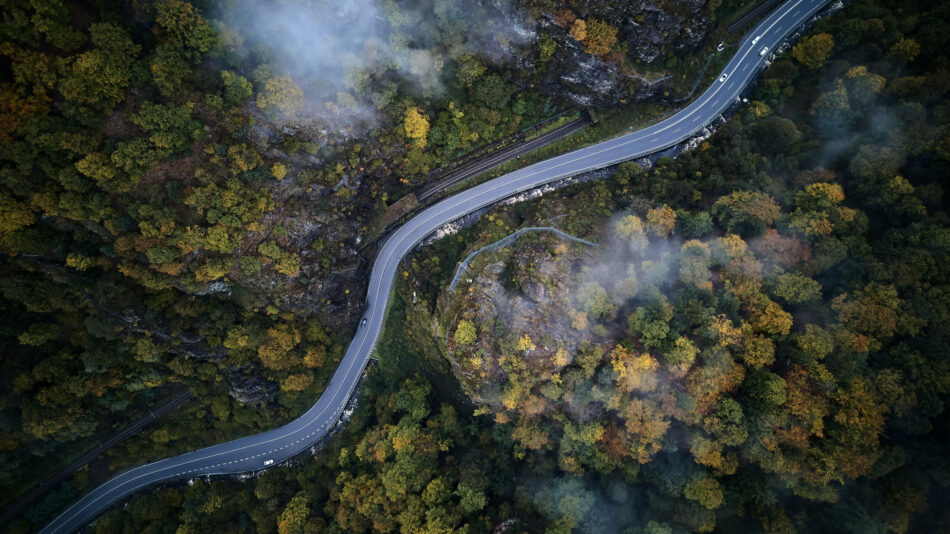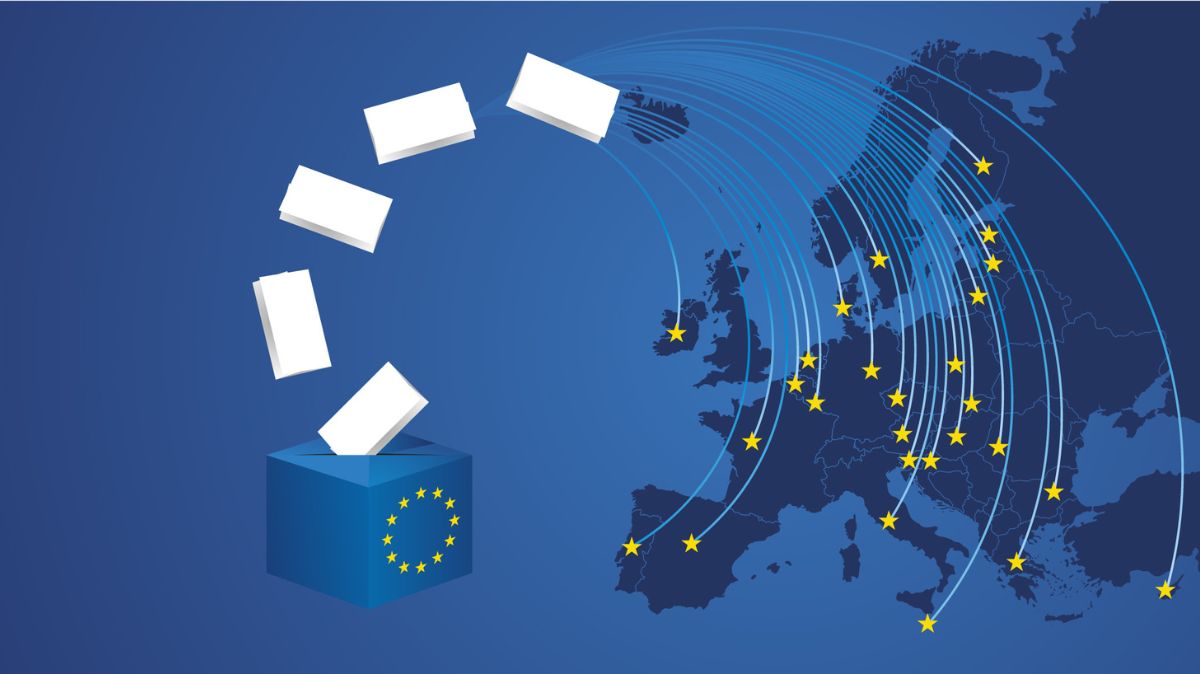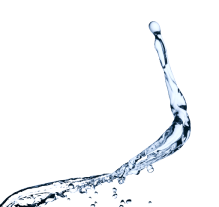Studies have found that by 2030, digital technologies have the potential to help other industries save 20% of global CO2emissions. As such, we need to take actions to counter the global existential threat of climate change and to promote a green economic recovery.
Amid the COP26, DIGITAL EUROPE has recently launched the report Digital Action, Climate Action, 8 ideas to accelerate the twin transition to show how through 22 case studies, it outlines 8 recommendations for EU policymakers to accelerate this potential.
We identified 3 water-related elements in the agricultural part:
1. Advanced monitoring of livestock health and growth enables dedicated administering of fertilisers or food supplements, optimising and conservation of water resources, avoiding spillage and pollution, achieving energy savings.
2. The global population is projected to reach 10 billion by 2050. We need to feed more people more sustainably. One of the ways to do that is by increasing the efficiency of our food production through smart agriculture. One element of that is precision farming, using technology such as wireless remote monitoring private networks, digital sensors, and AI-based analytics to minimise pesticide fertilizer and water usage and maximise yields. Studies have found that IoT can help drive higher yields (2%-13% improvements) in crop agriculture.
3. The World Economic Forum estimates that, if 15-25% of farms adopted precision agriculture, global yield could be increased by 10-15% by 2030, while greenhouse gas emissions and water use could be reduced by 10% and 20%, respectively. While these are small steps in a global scale, food systems are currently responsible for 20 to 30% of global greenhouse gas emissions and 70% of biodiversity loss. Smart agriculture could kickstart the digital transformation of the entire food industry.




